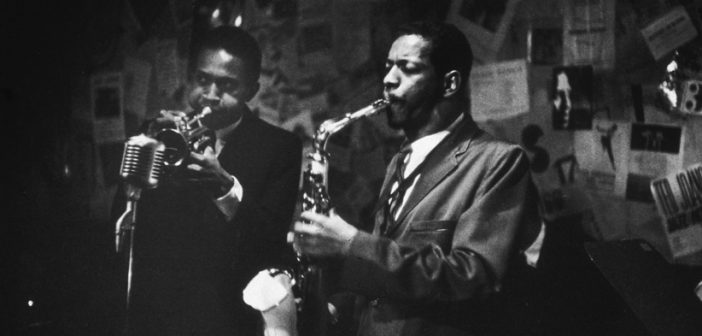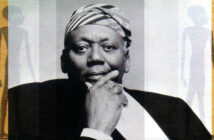
This page is also available in / Cette page est également disponible en:
Français (French)
For music listeners at large, the term “contemporary music” is associated to a body of works created over the past century from the Second Viennese School (Berg, Schoenberg and Webern) onward. Now into the new millennium, some wonder about the relevance of that label in today’s music. To delineate the two, other expressions are used, for instance “music of our times,” or simply “new music”.
In jazz however, “contemporary” is not loaded with the meaning it has in the European classical-music tradition. Even if both genres appeared around 1900, their geographies were far removed from one another, as were their aesthetic pursuits. “Contemporary jazz” simply stands for “jazz of our times,” a music of the here and now… no more, no less.
The word “classical” is not foreign to jazz at all. Instead, it relates to a completely different reality than the one associated with highbrow music. Subsumed under it are its earliest forms that came about in the Crescent City, its wanderings to Chicago and New York, a lineage of stride and boogie-woogie pianists, and finally its rise in the Jazz Age and Swing Era of the early 1940s that propelled it to the top of the charts.
While big bands were basking in the limelight, jazz was on the brink of its first major rift. By war’s end, lines were now drawn between the established styles of the day, hitherto known as “classic jazz,” and that funny-sounding upstart called bebop, soon to be billed as “modern jazz.” The very word “modern” stuck with jazz, but never made it into concert music, the “contemporary” moniker having been established by then. Likewise for the term “avant-garde.” Thanks to Ornette Coleman’s burst on the scene in the late 1950s, and the whole free-jazz movement that ensued, this expression became an integral part of jazz lingo but was less often seen in classical circles. In any event, the second jazz rift occurred when modern jazz, now labelled as “mainstream,” coasted on its accomplishments while the avant-garde cast itself into more “contemporary” waters.
What about “contemporary jazz”? In essence, it draws to varying degrees from a wide array of music, its own tradition for one (classic, modern and avant-garde), but all strands of concert music (old and new), rock and anything else in the global village reaching its ears.
Unlike the classics, which relied on scores, jazz was given a memory of its own via sound recordings. True, the creators bear the brunt of responsibility in shaping their art, but record labels have played a significant and at times crucial role in the evolution of music as a whole, and jazz in particular. Two labels stand out from the lot: Blue Note Records and ECM. In this anniversary year for both of them – 80 for the former, 50 for the latter – the occasion could not be better to look at them in view of the preceding observations.
This page is also available in / Cette page est également disponible en:
Français (French)














